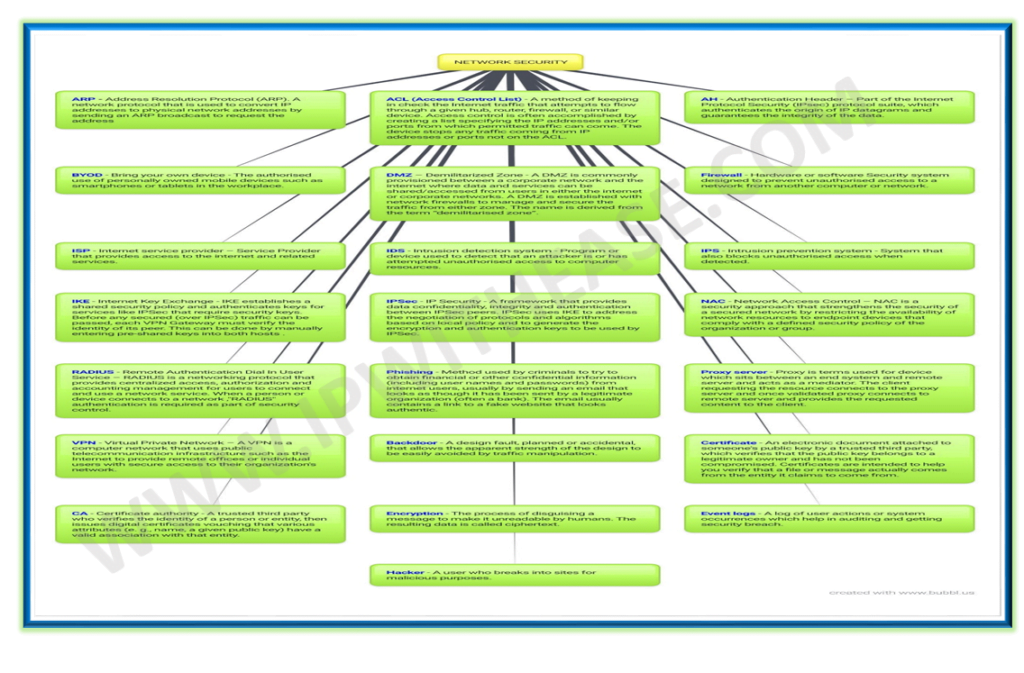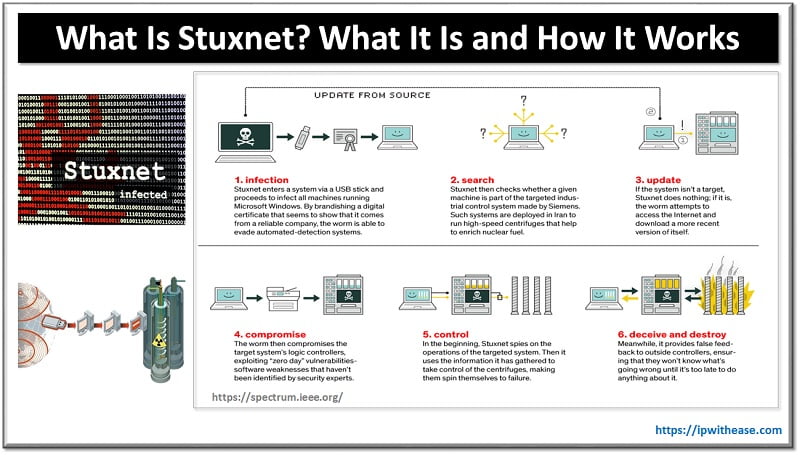Defense Strategies for Repelling Cybercriminals
With exponential growth in hackers and data breaches, website security is now a non-negotiable for businesses online. This comprehensive guide explores crucial techniques and technologies for hardening your website defenses against cyber threats. Follow these best practices and your website security posture will be primed to thwart even sophisticated attacks.
Securing the Foundation: Key Principles and Policies
Robust cybersecurity begins with establishing core principles and policies as your foundation:
- Adopt a ‘Zero Trust’ model – Assume breach and verify all users and activities. Don’t blindly trust anyone or anything.
- Implement least privilege access – Only provide the minimum system permissions necessary for each role. Compartmentalize access.
- Develop strong password policies – Enforce complex passwords, multi-factor authentication, and frequent rotations.
- Document processes in detail – Codify exactly how employees should handle data, accounts, systems, and incidents.
- Prioritize cybersecurity training – Educate all employees on risks, policies, and their security responsibilities. Test them.
- Continuously backup data – Maintain regularly updated backups isolated from your network. Test restoration.
With these fundamentals instilled across technology, people and processes, you create a resilient first line of defense. Next, we’ll explore tactical website protections.

Locking Down Your Website Environment
Harden your web environment by eliminating vulnerabilities attackers exploit:
- Use secure web hosting – Vet your provider carefully for robust security capabilities and expertise. Maintain the latest server OS.
- Install a web application firewall (WAF) – A WAF filters traffic to block exploits like injection attacks and cross-site scripting.
- Maintain up-to-date CMS and themes – Vendors constantly patch vulnerabilities in content management systems like WordPress.
- Limit and track admin access – Minimize employees with admin site access. Monitor actions.
- Disable file browsing – Block the ability to browse all files and folders on your server.
- Encrypt data transmission – Use HTTPS across your site and secure cookies.
With no exposures in your web environment, adversaries have no doors or windows to penetrate. Be obsessive about patching, hardening, and reducing your attack surface.
Shielding Against Onslaughts: DDoS Protection
When considering cybersecurity, in fact overall internet safety it is important to take steps to withstand one of the most disruptive threats – Distributed Denial of Service (DDoS) attacks. Here are three lines of protection:
CDN with DDoS Mitigation
A content delivery network (CDN) like Cloudflare absorbs and throttles attack traffic before it reaches your site using anycast networks and scrubbing centers. Advanced CDNs offer DDoS protection services.
Cloud Web Application Firewall
Managed WAF services like Azure Front Door include always-on DDoS prevention capabilities using traffic monitoring and machine learning algorithms. They filter volumetric attacks.
Emergency DDoS Mitigation
Have a plan to quickly divert traffic to an emergency DDoS mitigation service like Akamai Prolexic in case attacks overwhelm your CDN or WAF. This emergency layer is your last resort.
With this defense-in-depth strategy across all layers, your website will stand strong against DDoS floods.
Ensuring Users Are Who They Claim: Authentication and Access
The most dangerous threat is often not external – it can be your own users. Implement centralized authentication and granular access controls:
- Single sign-on system – Adopt SSO across applications to enable unified user management with tools like Okta.
- MFA everywhere – Do not allow single-factor authentication anywhere. Enforce MFA for all logins.
- Privileged access management – Be extremely restrictive in granting admin system access. Monitor activity closely.
- Automate access changes – Immediately revoke access when staff leave your company with identity management integration.
With tight user access controls, adversaries can’t gain a foothold even through insider negligence or theft.
Scanning for Weaknesses: Vulnerability Assessments
Actively probe your environment for flaws before attackers do. Perform regular vulnerability scans and penetration testing:
- Automated VA scanning – Use tools like Qualys and Tenable.io to continuously scan network, websites, web apps, and cloud assets.
- Manual penetration testing – Hire ethical hackers to manually test end-to-end security posture mimicking real adversaries.
- Remediate all critical vulnerabilities – Have a formal process to triage and fix issues based on severity ratings.
Don’t just set-it-and-forget-it. Repeatedly verify your website security via both automated and manual red team simulations. Fix any holes found immediately.
Monitoring Malicious Activity: Security Information & Event Management
Prevention is ideal, but you also need total visibility when prevention fails. A security information and event management (SIEM) system provides 24/7 activity monitoring, alerting, and response capabilities.
Feed all security logs into your SIEM – network, endpoints, websites, cloud services, etc. Establish patterns of normal behavior. The SIEM will automatically detect anomalous events indicative of threats.
Respond swiftly when alerts are triggered. For advanced SIEMs like Splunk, integrate with security orchestration, automation and response (SOAR) systems to initiate automatic remediation actions.
With robust logging and intelligence, you can quickly intercept and neutralize attacks minimizing damage.
The Final Layer: Cyber Insurance
Despite best efforts, some attacks inevitably succeed. This is where cyber insurance helps hedge residual risk. Cyber policies cover costs like incident response, legal services, extortion payments, and lost business in a breach.
But insurance should never be a substitute for solid security – underwriters reward strong defenses with lower premiums. Use insurance as your final safety net after technology, processes and people.
The Never-Ending Battle
Building an impenetrable website is impossible given the relentless evolution of threats. But implementing layered security across these vectors positions your business for success. Cyberdefense requires being proactive, adaptive, and obsessive – with both technology and people.
While outsourcing website operations like hosting and CDN to reputable providers reduces headaches, don’t fully outsource responsibility. You still need in-house expertise to manage security, assess risks, and respond to incidents. Fostering a strong cybersecurity culture across the organization is also critical.
With great security comes great success. Take control of your website’s destiny with a robust defense model, and you’ll be well-prepared for whatever online adversaries throw your way.
Continue Reading:
Network Vulnerabilities and the OSI Model
Web Application Firewall (WAF) vs Network Firewall
ABOUT THE AUTHOR
IPwithease is aimed at sharing knowledge across varied domains like Network, Security, Virtualization, Software, Wireless, etc.



